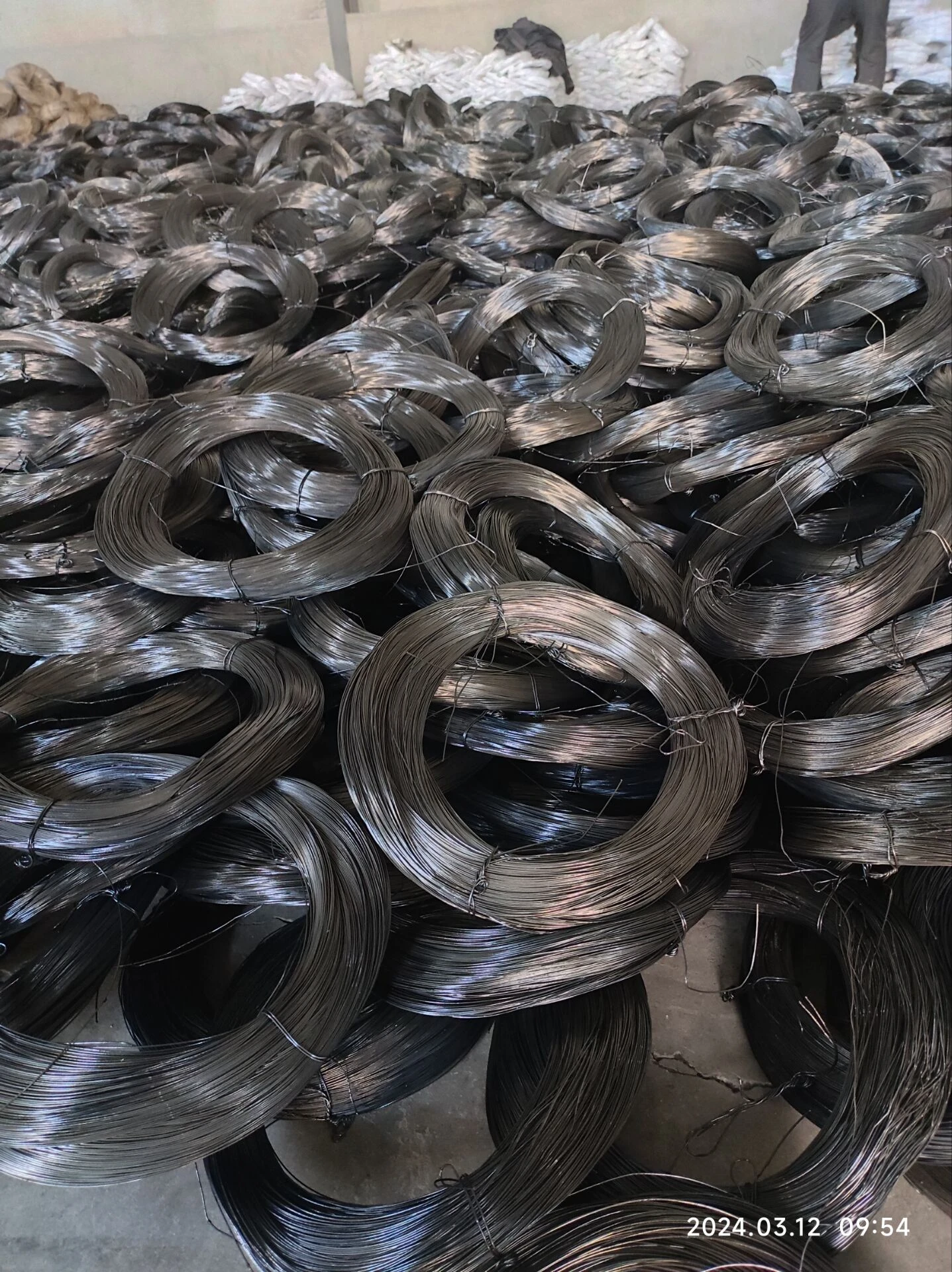The Evolution and Significance of Iron Wire Nails
Iron wire nails, a fundamental component in construction and craft, trace their origins back to ancient civilizations, where they were first produced for building and fastening purposes. The transition from basic wooden pegs to metallic nails marked a significant turning point in the history of building materials. With their excellent strength, durability, and versatility, iron wire nails revolutionized the building industry and continue to play an essential role in modern construction practices.
Historical Context
The use of nails dates back thousands of years, with the earliest known examples being made of bronze around 3000 B.C. However, as iron became more prevalent during the Iron Age, iron nails began to replace their bronze counterparts. By the Roman era, nails were being produced on a larger scale, which allowed for speeding up the construction process. Despite this innovation, nails were still typically hand-forged until the advent of industrialization in the 19th century.
The Industrial Revolution brought about mass production techniques that significantly changed the manufacturing of nails. Iron wire, thanks to its flexibility and strength, became the primary material for nails. This transition not only reduced production costs but also provided builders with a more reliable fastening solution. The ability to produce nails in various sizes and specifications paved the way for more sophisticated architectural designs.
Types and Manufacturing Process
Iron wire nails come in various forms, including common nails, finishing nails, and specialty nails. Common nails, characterized by their larger, flat heads, are widely used in construction for framing and flooring, as they provide a solid joint. Finishing nails are smaller and have a slimmer profile, making them ideal for cabinetry and trim work where appearance matters. Specialty nails, such as roofing nails and masonry nails, serve specific applications thanks to their unique designs and materials.
The manufacturing process for iron wire nails typically involves several steps. Initially, iron wire is produced through drawing, where it is pulled through a series of dies to reduce its diameter. Once the desired thickness is achieved, the wire is cut into specific lengths and heads are formed through a process called header forming. Finally, nails may undergo additional processes, such as coating or galvanizing, to enhance corrosion resistance and durability.
iron wire nail

Benefits of Using Iron Wire Nails
Iron wire nails offer several advantages that make them a preferred choice for builders and DIY enthusiasts alike. Their high tensile strength allows them to hold together heavy materials, making them suitable for structural applications. Additionally, iron nails can be treated to resist rust and corrosion, which is especially important in outdoor or humid environments where exposure to moisture is a concern.
The versatility of iron wire nails means they can be used in various materials, including wood, concrete, and metal. This adaptability makes them invaluable in framing, roofing, furniture making, and even arts and crafts. Furthermore, their ease of use allows for quick and efficient installation, making them a popular choice for both professionals and hobbyists.
Environmental Considerations
As society becomes more aware of environmental issues, the production and use of iron wire nails must also be examined through a sustainability lens. While iron is a recyclable material, the manufacturing process can still generate significant energy consumption and greenhouse gas emissions. However, efforts are underway in the industry to minimize these effects through improved energy efficiency, waste reduction, and the use of recycled materials in nail production.
Moreover, many manufacturers are exploring eco-friendly coatings for nails, replacing traditional finishes with more sustainable options that do not harm the environment. As consumers become increasingly concerned about the products they use, the nail industry is adapting to meet these expectations.
Conclusion
Iron wire nails, while often overlooked, are a vital aspect of construction and craftsmanship with a rich historical background. From their ancient origins to modern manufacturing processes, these humble fasteners have undergone significant transformations to meet the needs of builders across generations. Today, their strength, versatility, and adaptability continue to make them indispensable tools in the construction toolkit. As advances in sustainability and production techniques evolve, the future of iron wire nails looks promising, ensuring that they will remain a cornerstone of building and construction for years to come.

















